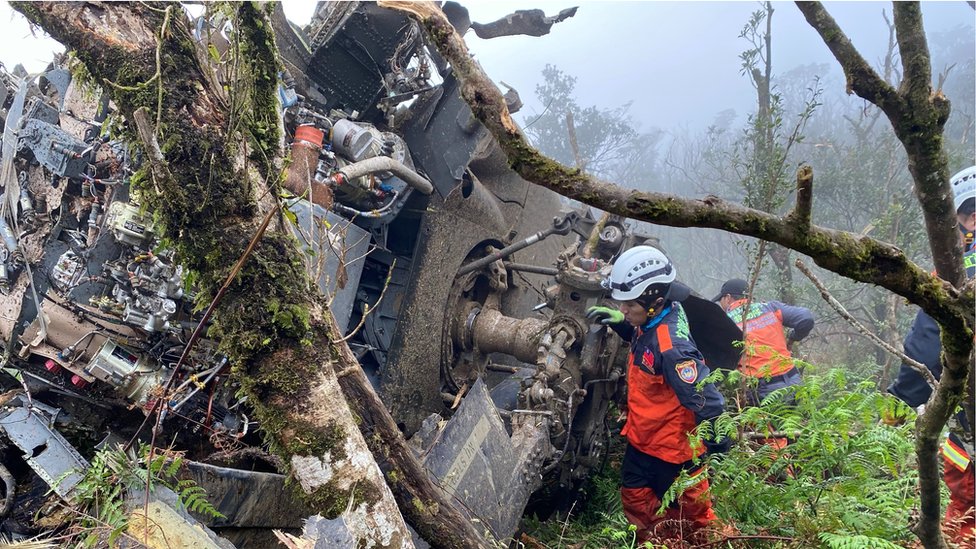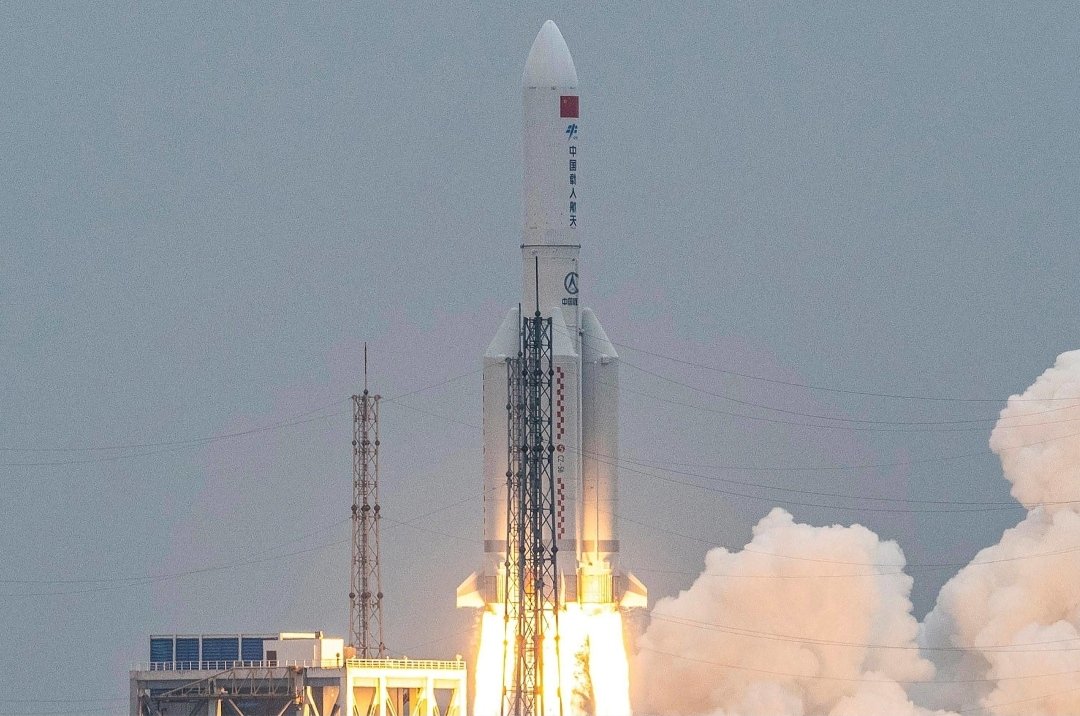

‘One year to achieve complete orbit and the successful flight was overly ambitious,’ Goff commented on social media. ‘With the pad damage and the necessity to rebuild the launch infrastructure, I believe we’re at least 7-9 months away from our next SS/SH (Starship and Super Heavy) flight of any type. ‘It’s difficult to envision this site being functional again in less than a year - would be pleased to be proven wrong,’ Evans said in a tweet.Įngineer and space entrepreneur Jonathan Goff was a little more bullish about how long the repairs will take. Max Evans, a photographer, also recorded some of the damage. The launch last Thursday “left a large crater in the concrete under the launch mount,” Spaceflight Now reported in a tweet that featured multiple photographs of the debris-strewn pad, adding that the orbital mount was “heavily damaged.”Īlso read: Explained: The damage that SpaceX’s Starship rocket caused at Texas launch site SpaceX has yet to share post-launch photographs of the Boca Chica pad, but many have leaked that illustrate the damage done by the Starship’s 33 Raptor engines. They attributed this to the fact that, while the rocket did not blow the launchpad to smithereens, it did sustain considerable damage that would need costly repairs. Many experts have warned that not only is the anticipated launch in a few months doubtful, but Starship may really lift off for at least another year. SpaceX, on the other hand, has several Starship spacecraft in production at its Starbase facility in Texas, with plans to launch them as soon as they are ready. The maverick entrepreneur is notoriously optimistic when it comes to goal setting, so take this with a grain of salt. With the launchpad calamity avoided, Musk was confident about the timescale for Starship to launch again, promising to do so in one to two months after SpaceX engineers reviewed all of the data from the last attempt. Still, getting the newly integrated Starship and booster rocket off the ground for the first flight was a significant step forward in SpaceX’s goal of returning men to the moon and eventually Mars.īill Nelson, head of the US Space Agency, was particularly effusive in his appreciation, noting that ‘every great achievement throughout history has involved some element of measured risk, because with great risk comes tremendous reward.’ ‘We cleared the tower, which was our only chance,’ said SpaceX quality systems engineer Kate Tice.Ī swarm of SpaceX employees celebrated enthusiastically when the rocket passed the launch tower and again when it exploded up in the sky while watching a livestream at the company’s headquarters in Los Angeles.Īside from the launch, the test mission fell short of several other goals, including deploying the Starship vessel into space and reentering Earth’s atmosphere at hypersonic speeds 60 miles off the coast of Hawaii, where it would have faced key aerodynamic forces and blazing heat before plunging into the Pacific.Īlso read: Elon Musk’s SpaceX ‘blew up’ world’s most powerful rocket: Why Starship launch is still considered a win

‘With a test like this, success comes from what we learn, and today’s test will help us enhance Starship’s reliability as SpaceX attempts to make life multi-planetary,’ according to SpaceX. Most people would consider not reaching orbit and exploding during liftoff a failure, but not Musk, SpaceX, NASA, or other spaceflight specialists. The rocket began spinning out of control after two to three minutes, and it was purposefully destroyed by SpaceX using onboard charges less than four minutes later. However, as it soared higher and higher, observers saw that six of the 33 engines at the vehicle’s base had been turned off or flamed out. The world’s most powerful rocket ever created then successfully burst skywards from its launchpad in south Texas just after 08:33 local time or 1433 BST.


 0 kommentar(er)
0 kommentar(er)
